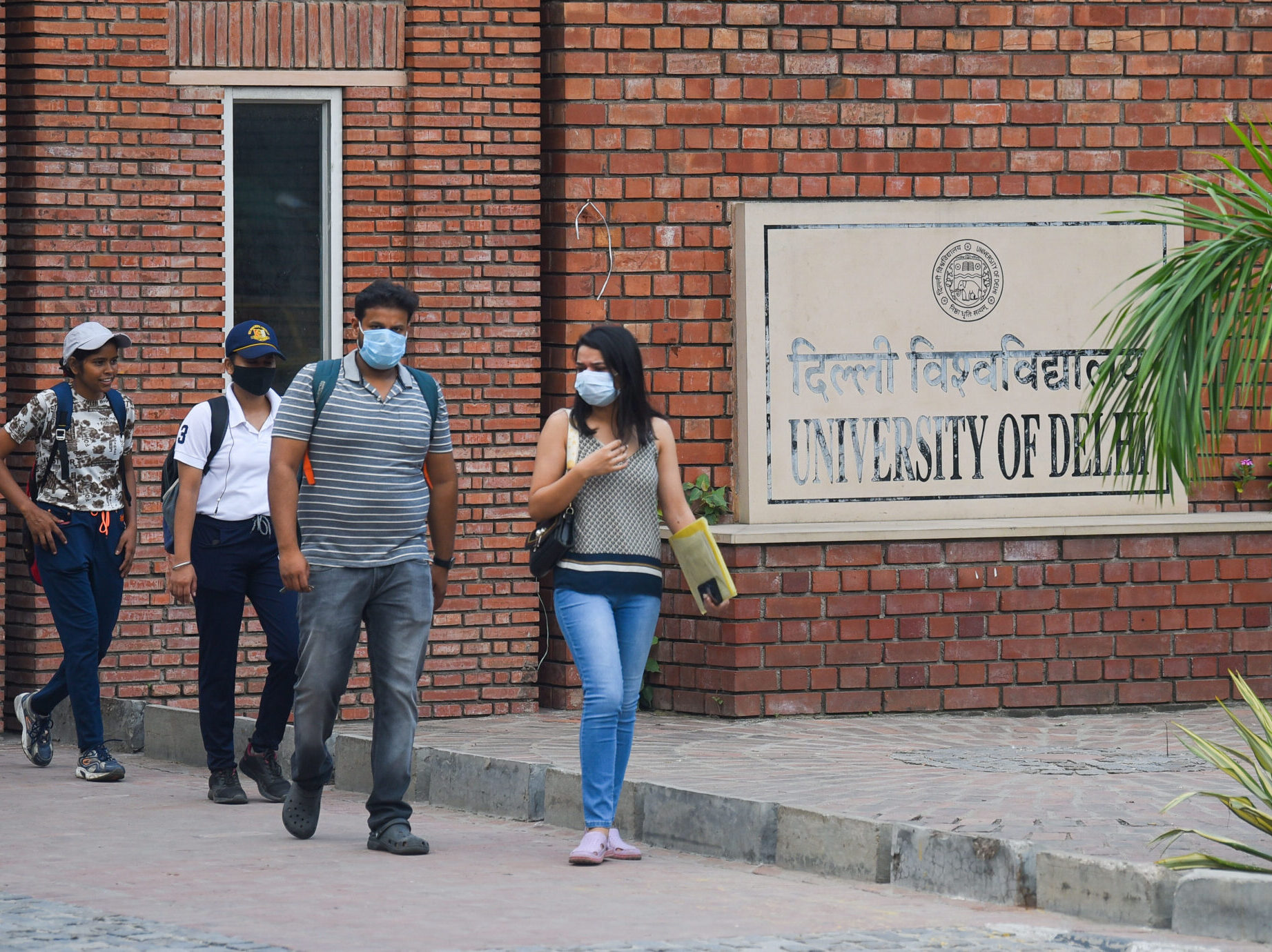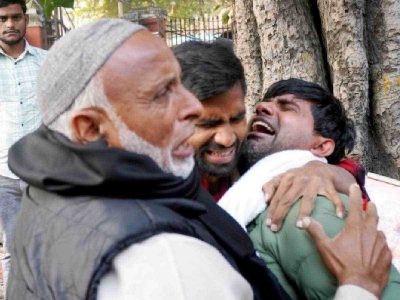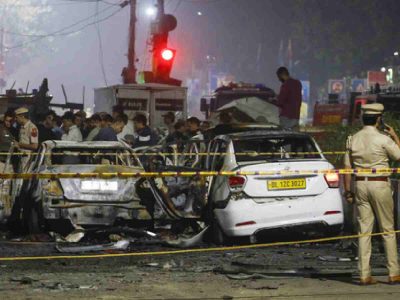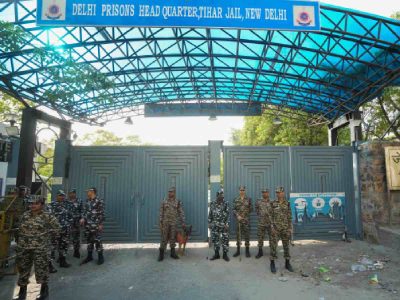In India, a college degree is regarded as the gateway to a prosperous life. Millions of students around the nation prepare for NEET, IIT, JEE and other competitive exams to secure seats in India’s top universities and colleges.
Students invest thousands of hours in preparation to crack the exams and after admission, their parents spend hefty amounts in fees. So it’s good to know in advance how much they will have to shell out for a professional degree or diploma.
It is clear that Indians are spending a lot of money on education, but even then jobs are hard to come by. The current unemployment rate in India is 7.9%. The average expenditure for professional courses stands at Rs 64,763 in urban areas (as per Business Insider), double that in rural reas. It can go as high as Rs 72,000 per student.
Media degree
A 10-month PG diploma at the Indian Institute of Mass Communication’s Delhi campus is in the range of Rs 47,000 to Rs 1.60 lakh. While the former is the fee charged for a journalism degree in Urdu, Odia, Marathi and Malayalam languages, the latter is what it costs to get a degree in radio and TV journalism. A 10-month diploma in Hindi journalism here will set you back by Rs 87,000.
In Jamia, a 2 two-year MA degree in Hindi Mass Media costs Rs 67, 400. On the other hand, a 1 one-year PG diploma in Hindi journalism costs Rs 20, 810, while a PG diploma in Hindi TV journalism costs Rs 43,840 for a year. At the Mass Communication and Research Centre (AJK MCRC) under Jamia, for a 2 two-year MA degree in Mass Communication, the fee charged is a sum total of Rs 141, 820, while a degree in Convergent Journalism costs Rs 1,60, 240. for 2 years.
At Amity, the courses are divided into six different categories if we exclude the courses dedicated for podcasts and photography. While a simple course in BA Journalism and Mass Communication can cost Rs 1.48 lakh for a first1st year non-sponsored semester at Noida, the same course costs Rs 1 lakh at their Gurugram campus.
Non-sponsored semester, according to the university website, “is a general category for all applicants who fulfill the eligibility criteria and also a high merit category. Sponsored Category – Reduced Eligibility criteria (wherever applicable) and cut-off in admission process with differential fee structure.”
Additionally, Rs 2.22 lakh is charged for the 1st first year sponsored semester at the Noida campus. Compared to this, the three-continent course offered here costs between Rs 1.76 to 2.76 lakh at the Noida campus. The course facilitates students to spend semesters in India, USA and UK with the aim of providing international exposure.
Although they have not mentioned the fee charged for the semesters abroad, the website mentions that the college fee “does not include airfare, visa, insurance, boarding, lodging and other miscellaneous expenses that will be incurred by three c3 Continent students when they travel abroad as a part of their course in USA & U.K.”
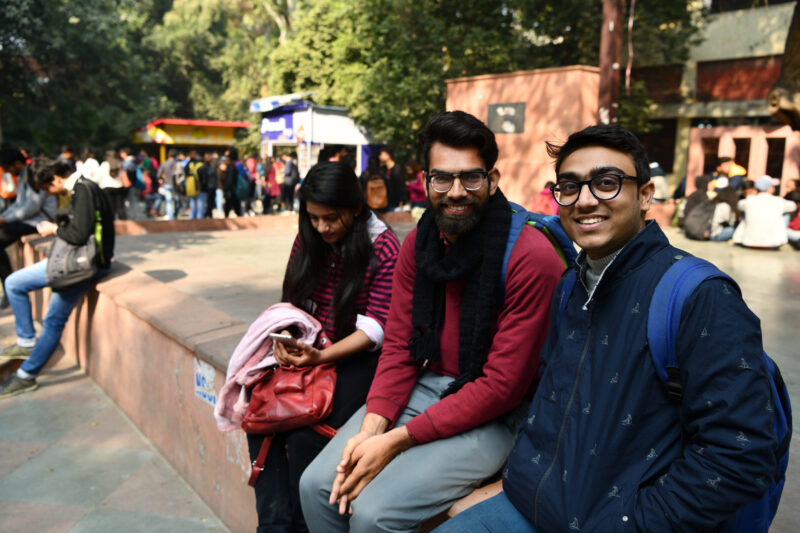
Law degree
For a 5 five-year integrated BA-LLB degree at National Law University in Delhi, the college charges Rs 1,86,000 per annum which includes hostel andas well as mess fees. for the year. For an LLM here, it can cost Rs 1,39, 000 Rs per annum, which again is inclusive of the hostel and mess charges.
At the law faculty in Jamia, under the regular category, =an LLM degree costs Rs 8,700 per year and a BA LLB costs Rs 10,400. On the other hand, under the self-financed category, an LLM and BA LLB here annually costs Rs 62, 500 and a year while a BA LLB costs Rs 40, 500 respectively annually.
Compared to this, tThe same courses at Amity University annually cost between Rs 1.45 lakhs to Rs 2.11 lakhscs a year for a 5 five-year integrated course. At the University of Delhi, there are three different learning centres: which go by the name: CLC (Campus Law Centre), Law CentreC 1 and Law Centre 2. (Law Centre). For an LLB, it The annual costs for an LLB and LLM are around Rs 4,278, and for an LLM, it costs around Rs 4,329 respectively.per year.
Architecture degree
One of the most popular courses after engineering, students interested in architecture prefer the School of Planning and Architecture (SPA) in Delhi, Sushant School of Art and Architecture and Jamia Millia Islamia’s architecture department, in that order.
A five-year B.Arch degree at the SPA costs Rs 25,86,000 in total. At Sushant School, the cost of five-year UG degree is Rs 52,900 per year while a two-year PG degree costs a sum of Rs 61,900 per year. For an M.Arch degree at the SPA, it’s Rs 1,73,120 for the first year, Rs 1,52,120 for the second year and Rs 3,25,240 for the final year.
At Jamia, the same courses charge Rs 16,150 per year for a B.Arch while a self-financed degree costs Rs 85,790 under the regular category. For an M.Arch here, Rs 54,250 is the fee per year currently.
MBBS degree
The craze for becoming a doctor has carried over from the last century, at least among parents.
On top of the list of desired medical colleges is All India Institute of Medical Sciences (AIIMS). These institutes come under the Ministry of Health and Family Welfare.
Getting into AIIMS is one of the toughest tasks because of stiff competition and the low fee charged here makes it even more coveted. because of its low fees.
According to the AIIMS prospectus, there are 125 seats for Indian students on the Delhi campus, and seven seats reserved for foreign nationals. Fees for Indian students are only Rs 1,628 and other charges like the hostel, mess security and hostel security cost around Rs 4,228. If we look at the institute’s fee structure, it is India’s cheapest place to study medicine. NRI students have to pay a hefty sum of $75,000 if they get into AIIMS.
On the other hand, private medical institutes are very expensive. Only tuition fee per annum could cost a student around Rs 10 lakh. A leading private university in Greater Noida is charging Rs 12.60 lakh as tuition fee annually. Not to forget additional charges like security deposit (refundable) at Rs 3 lakh and hostel fee at Rs 1.50 lakh.
MBBS is a 4.5-year course, and after completing it, many students opt for practice. Others pursue a Master’s degree.
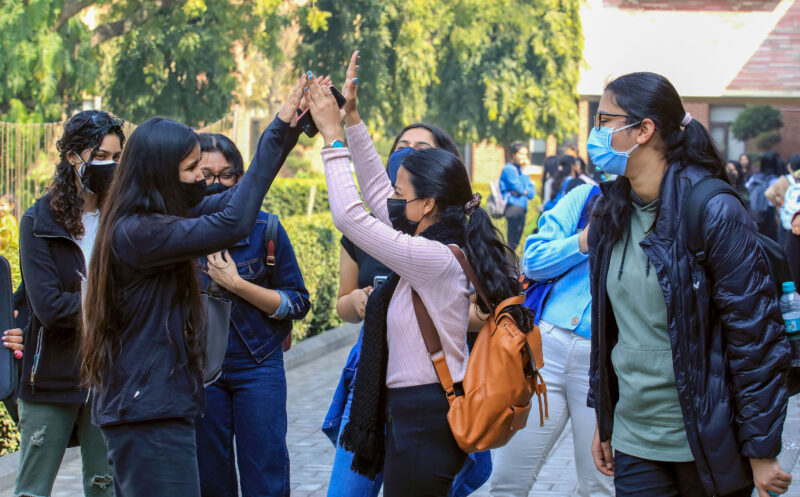
Engineering
Engineering degrees are also prized possessions, and the race starts right after Class 12. In India, millions of students enroll themselves in engineering colleges to get the tag of ‘Er’. The plethora of jobs in the private sector and MNCs have made engineering a great choice.
The first choice for engineering is of course IIT. Now there are 23 of these top technical institutes run by the central government under the ministry of education. They are governed by the Institute of Technology Act, 1961. The older ones – IIT Madras, Bombay, Delhi and Kharagpur – continue to be the top-ranked IITs in India.
At IIT Delhi, for BTech, one has to pay around Rs 1,07,800 for one semester. Hostel charges are much lower at around Rs 8,000 per semester.
After IIT, students prefer other technical institutes like the National Institute of Technology (NIT) and technical universities run by state and central government.
NIT Delhi, which came into existence in 2010, is one of 31 NITs all over India. Apart from engineering, it offers courses related to management and social science. With the average fee per semester at Rs 80,000, the total cost can touch the Rs 6.50 lakh mark.
At Delhi Technical University (formerly known as the Delhi College of Engineering, founded in 1941), one has to spend around Rs 7.8 lakh overall.
Hotel management
The hospitality sector witnessed a jolt during the pandemic. Smaller hotels had to shut their doors though the big brands withstood the shock. To cater to the needs of these big hotels, the Institute of Hotel Management, New Delhi provides the best talent. A BSc from IHM could cost around Rs 3.10 lakh. If a student goes to a private institute, it will cost him around Rs 1.5 lakh a year.
What lies ahead?
Once the New Education Policy is implemented, many new professional courses will come up. The big challenge is to provide better job opportunities after a degree.
According to the Indian Consumer Economy (ICE) survey data from 2016, the average annual income of an urban household is around Rs 2,67,656. This income group, which is termed as the middle-class in India, as per the India’s National Council for Applied Economic Research, spent anywhere Rs 18,485 to Rs 20,443 a year on UG and PG degrees for a general college course (non-technical courses).
Data from the 75th National Sample Survey office (NSSO) round table survey on the “Household Social Consumption of Education in India” conducted between June 2017 and June 2018 shows that for a technical/professional degree, the same bracket of people spent around Rs 72,992 to Rs 74,068 a year until 2018.
Patriot takes a look at the proportion of income that is spent by an average urban family on educating one child and finds that while they only spent 6.9-7.6% of their income on providing a general course degree, for a technical course, the same income group spent around 27.6% of their income annually. It is to be noted that in such households, the average number of children is 2.18, as per the World Bank data from 2020.
So, while more than a quarter of their average income is spent only on one child’s college education, it takes up around 55% (more than half) of their income to educate both of their kids every year. And this excludes the costs paid for transport, housing, stationery and private coaching, especially for a course like law.
To sum it up, these degrees at the private and semi-private colleges such as Amity, IIMC Delhi, NLU or Sushant School have skyrocketed over the years while courses offered by government-run colleges have also seen only a modest fee hike. Rising costs have been detrimental to the financial situation of parents paying for the education of their children in bigger cities; loss in income over the lockdown period has only added to the pressure felt by many families in the country.
For more stories that cover the ongoings of Delhi NCR, follow us on:
Instagram: https://www.instagram.com/thepatriot_in/
Twitter: https://twitter.com/Patriot_Delhi
Facebook: https://www.facebook.com/Thepatriotnewsindia

